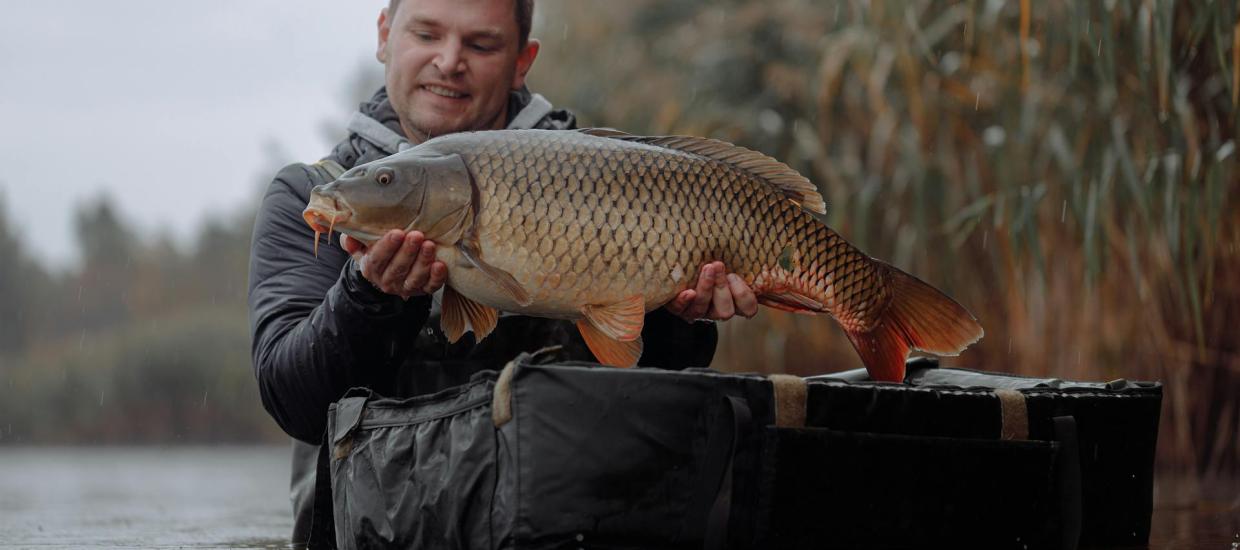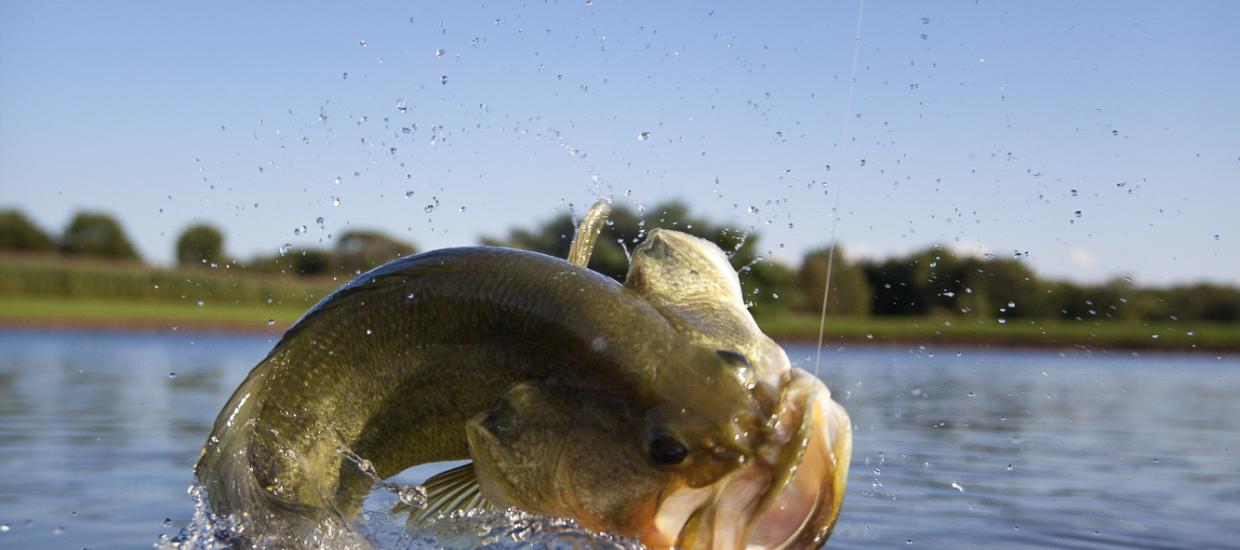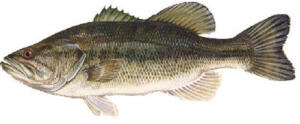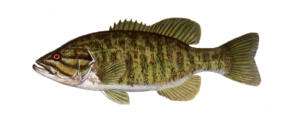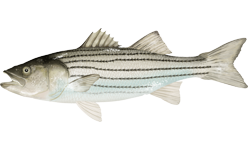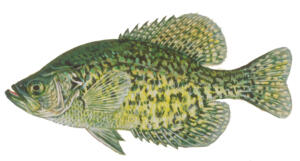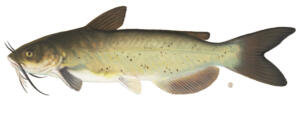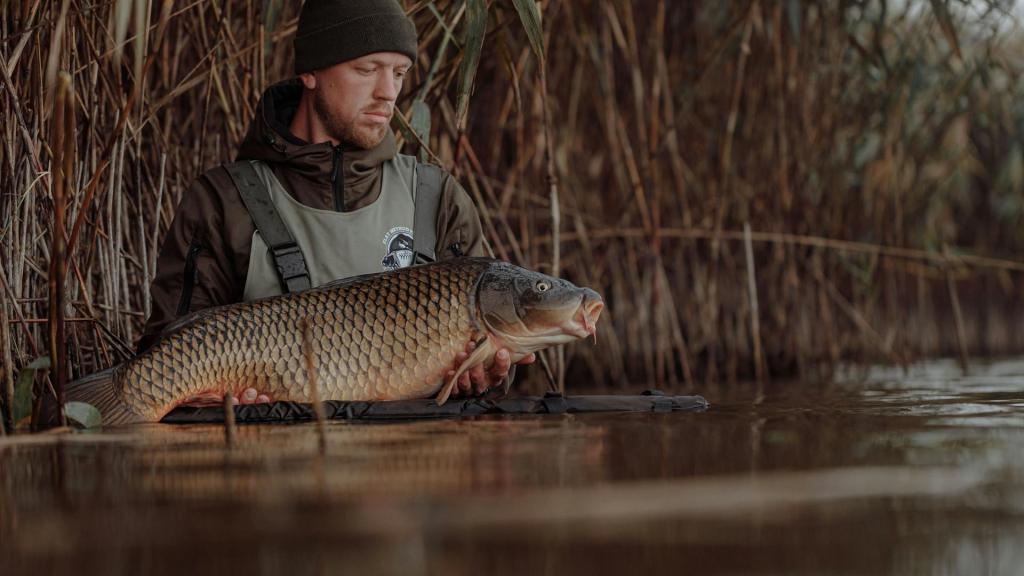
Fishing is one of the most popular lake activities. To some, it’s a relaxing pastime. To others, it’s a highly competitive sport that requires massive amounts of technique and patience. The art of angling isn’t as simple as it looks, however. In the eyes of a fisherman, not all game is the same. Traditionally, there are two categories of fish: game, or sport, fish and non-game fish. We’ve created a general, freshwater guide on the difference between the two so you can fish with confidence this summer.
Game Fish
Recreational anglers tend to pursue sport fish.
These species are targeted commercially and typically rank high in palatability and table quality. In laymen’s terms: they’re yummy.
Significantly larger than non-game fish, game fish are known to put up a good fight. This means they’re often pursued in competitive sport due to how vigorously they resist being caught.
Largemouth Bass
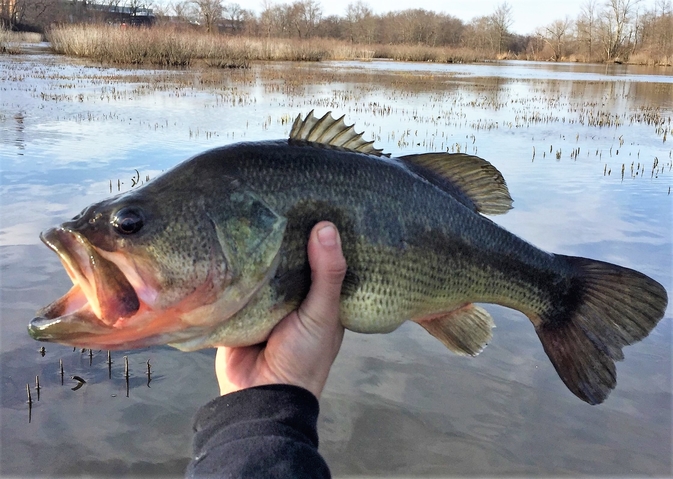
Characteristics: The largemouth bass is a species of black bass in the sunfish family, native to North America.
They’re extremely common in freshwater environments and can be found anywhere in the world, as they’ve been introduced to waters everywhere.
The largest of the black bass family, they’re popular among anglers who seek them out for their fight capacity. Largemouth bass are known to become airborne in efforts to escape the hook.
The best type of bait used to hook this fish are plastic worms, spinnerbaits and live bait such as minnows or crawfish.
Max. Adult Size: 29.5 in. (75 cm), 25 lbs
Crappie
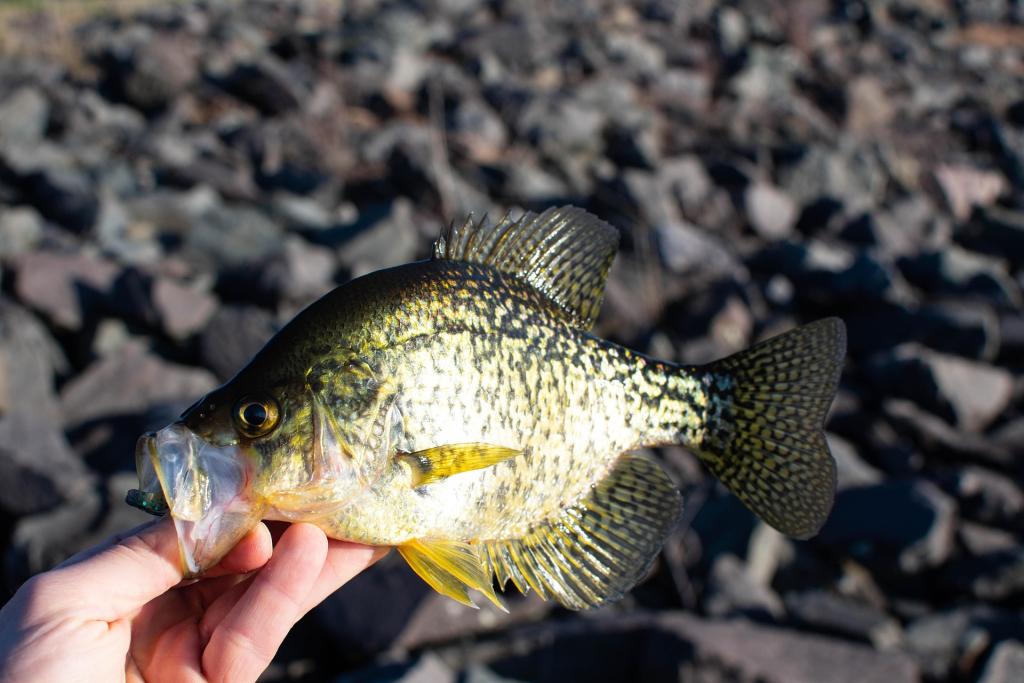
Characteristics: Crappie, also known as speckled perch, are among the tastiest freshwater species and are a highly regarded pan fish (edible game fish small enough to fit in a frying pan).
Like the largemouth bass, they also belong to the sunfish family and are native to North America.
The white crappie is lighter in color with vertical black stripes, while the black crappie has a darker hue with patterns of black spots.
If populations aren’t controlled, crappie can overrun small bodies of water rapidly.
This species is characteristically fertile, with females laying between 5,000 and 60,000 eggs each summer. The eggs take less than a week to hatch.
Populations of this fish exist in every state in the continental United States.
Max. Adult Size: 19.3 in. (49 cm), 5 lbs
Lake Trout

Characteristics: Lake trout, closely related to salmon and char, tend to inhabit the cold, well-oxygenated waters of North America. Most trout can be found in the lakes and rivers of Canada, Alaska and the Great Lakes region of the U.S.
When temperatures rise in the summer months they migrate to deeper waters, sometimes to depths of 200 feet.
Due to their popularity as a food fish, trout are often raised on fish farms and sold commercially. They’re also an important source of food for brown bears, eagles, hawks, and other animals.
While they’re slow to grow, their recorded longevity is impressive: they typically live beyond 25 years, with the oldest lake trout recorded at 60 years old.
The maximum recorded weight for lake trout was 102 lbs.
Max. Adult Size: 50 in., 102 lbs
Non-Game Fish
Non-game fish are any species not specifically categorized as game, with the exception of those considered endangered.
They typically have no commercial value because they aren’t appetizing, often thanks to larger scales and more bones.
Non-game fish are significantly smaller than sport fish and are therefore frequently used as bait. However, they serve a vital role in their ecosystem.
Not only do they help to clean debris from the waterway floor, but they serve as an irreplaceable food resource to larger fish.
Freshwater Eel

Characteristics: The American eel has a slender, snakelike body coated with a thick layer of slime and microscopic scales.
They’re bottom dwellers, usually found hiding in masses of plants, burrows or tubes. Their diets consist of small fish, aquatic insects, and small crustaceans.
While eels live in freshwater and estuaries, they leave their natural habitats and travel to the Atlantic Ocean during spawning season.
One female eel can lay up to 4 million eggs a year and dies shortly after giving birth.
In most parts of the world, it isn’t kosher to consume eels, as they are highly poisonous to humans. Fishermen frequently use this species as bait for sport fish like the striped bass.
Max. Adult Size: 4 ft, 17 lbs
Carp
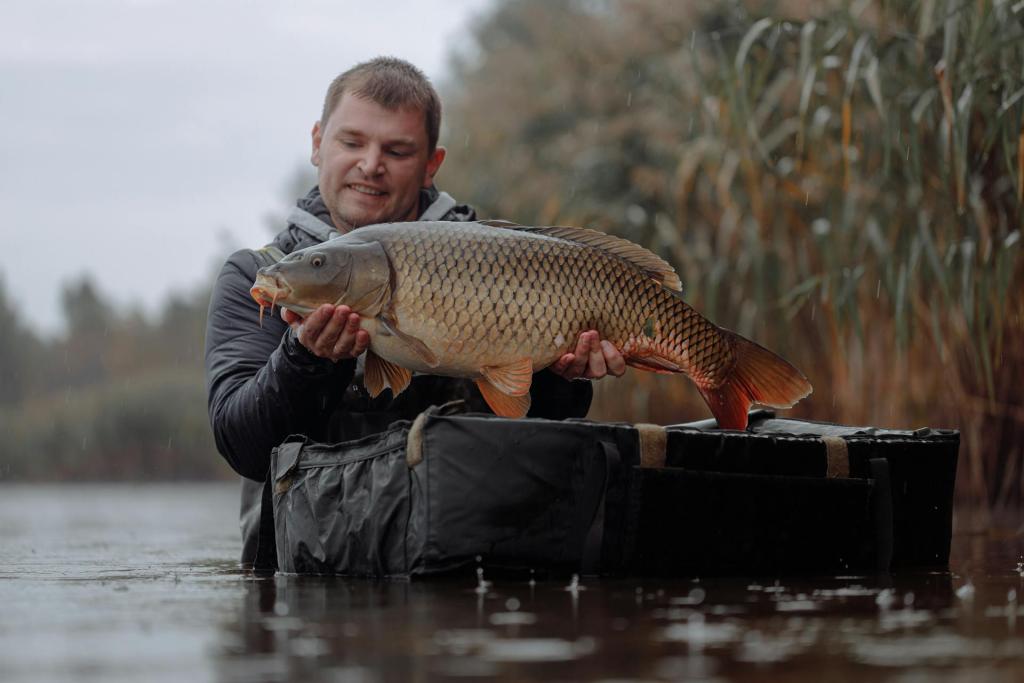
Characteristics: The common carp is native to Europe and Asia, but has made its way to every part of the globe except the poles.
Unattractive and slimy, carp isn’t palatable. However, some fishermen enjoy the challenge of capturing them due to the power and tenacity of their fight.
Carp are one of the most destructive invasive species worldwide.
In the case of an absence of natural predators—northern pike, largemouth bass and predatory birds—they’re able to significantly alter their environments.
Due to their habitual feeding upon bottom sediments for food, they can destroy submerged vegetation, which causes real damage to various populations of duck and fish.
Max. Adult Size: 47 in., 88 lbs
Skipjack Shad

Characteristics: Skipjack shad, also known as blue herring, are North American schooling fish often found in large rivers.
They’re long, thin and bright silver in color, and are often seen leaping out of the water while feeding.
Fishermen prefer to use them as bait for both striped bass and catfish. Plankton, minnows and larvae make up the bulk of their diet.
Max. Adult Size: 20 in., 3.5 lbs
Ready to put your fishing knowledge to the test but unsure where to start? Read “Finding the Perfect Fishing Spot” or click here for more fishing advice and tips.

